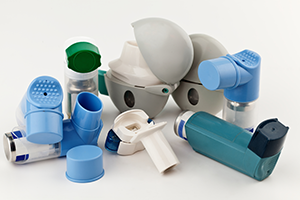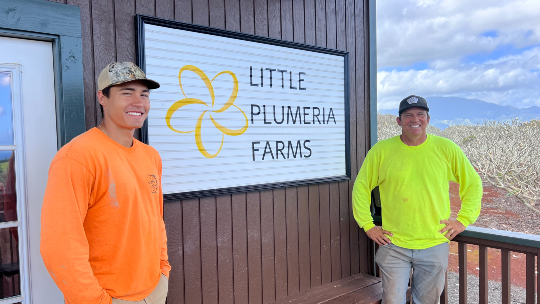Each year Hawaii’s emergency rooms are visited by approximately 5,000 people affected by asthma. The majority of those patients continue to be infants and children between 0 to 4 years of age. The mortality rate from the chronic disease has declined over the past decade, however according to the State of Hawaii Department of Health, it remains above the national average.
In addition to our unique vog (volcanic smog) issue, allergists also attribute Hawaii’s elevated asthma rate due to a year-round presence of environmental triggers such as pollen, dust mites, cockroaches and mold. Although asthma cannot be cured, most people can control asthma to experience fewer symptoms.
Not sure if your little one is living with asthma? There are some common telltale signs:
- Wheezing
- Breathless
- Chest tightness
- Nighttime/early morning coughing
Being aware of what triggers your child’s asthma is just one of the precautions to ensure his or her health. Experts suggest creating a written plan that you develop with your child’s physician to help control their asthma. The plan should include daily medications (if any), a description of long term treatment, how to handle asthma attacks and an explanation of when to call the physician or visit the emergency room. All of the people who care for your child should know about his or her plan.
 Some parents may have some concerns about proper medication. There have been recent news reports of a European study suggesting asthma treatment in the first two years of a child’s life may lead to stunted growth. Discuss any concerns with your child’s physician.
Some parents may have some concerns about proper medication. There have been recent news reports of a European study suggesting asthma treatment in the first two years of a child’s life may lead to stunted growth. Discuss any concerns with your child’s physician.
Although not much can be done about our intermittent clouds of vog, other measures are being taken to improve Hawaii’s air quality. The U.S. Environmental Protection Agency sets and enforces standards to protect public health from the impacts of carbon and ozone pollution. The Clean Air Act is also intact and is enforced by Congress.
According to the American Lung Association’s “State of the Air” 2015 report, air quality in Hawaii is improving despite our unique vog issue. The data indicated Honolulu as one of the cleanest cities in the country for levels of ozone and has even shown improvement in short-term particle pollution. For more information on asthma prevention and management in Hawaii, visit their website.




